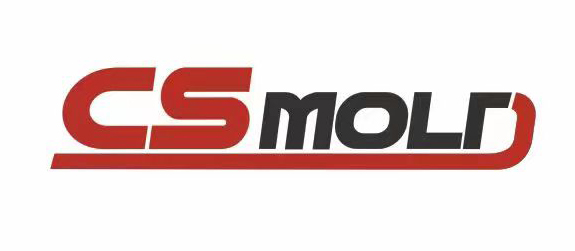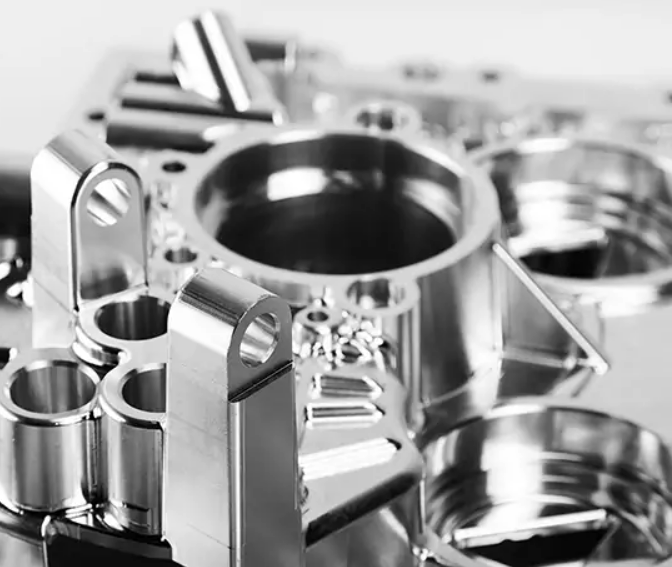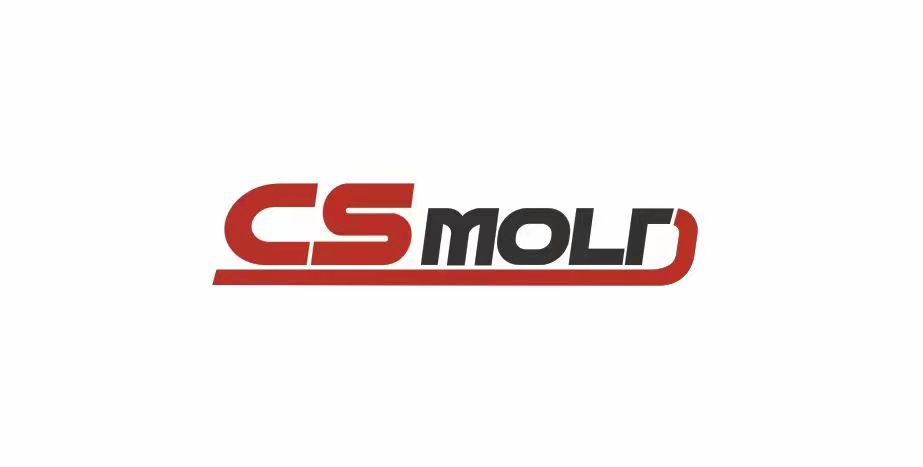When it comes to rapid tooling, there are two primary methods: direct and indirect. Understanding the difference between direct and indirect rapid tooling is crucial for selecting the most suitable option for your manufacturing needs. As an industry-leading rapid tooling company, CS Mold is here to shed light on the disparities between direct and indirect rapid tooling. Let’s dive into the details of the difference between direct and indirect rapid tooling and explore how each method can benefit your projects.
Direct Rapid Tooling: Speeding Up Prototyping and Small Production Runs
Direct rapid tooling involves the direct production of physical molds or tools from a 3D CAD model. This method offers several advantages, making it ideal for rapid iterations and small-scale production. Here are some key features of direct rapid tooling:
1. Immediate Utilization: With direct rapid tooling, the molds or tools are ready for immediate use in manufacturing prototypes. This allows for quick iterations and accelerated product development cycles.
2. Suitable for Small Production Runs: The ability to rapidly produce tools makes direct rapid tooling suitable for small production runs. Whether you need a limited quantity of parts or want to test the market before scaling up, this method can meet your requirements efficiently.
Indirect Rapid Tooling: Versatility for Diverse Production Quantities
Indirect rapid tooling involves the development of a durable master mold or tool from a 3D CAD model. This master pattern is then used to generate additional molds or tools with different materials. Here’s what you need to know about indirect rapid tooling:
1. Accommodates Varying Production Quantities: Indirect rapid tooling offers versatility in accommodating different production quantities. The master pattern can generate multiple tools or molds, enabling you to produce a larger number of prototypes or adjust production volume based on demand.
2. Material Diversity: The use of diverse materials in indirect rapid tooling opens up possibilities for varying properties and applications. This flexibility allows for customization based on specific project requirements.
Advantages of Rapid Tooling: Enhancing Manufacturing Efficiency
Rapid tooling, whether direct or indirect, brings several advantages to the manufacturing process. Here are the key benefits:
1. Shorter Molding Cycle and Streamlined Process: Rapid tooling reduces the overall molding cycle by utilizing advanced technologies and optimized processes. This leads to faster turnaround times and improved production efficiency.
2. Low Molding Cost and High Accuracy: Rapid tooling methods, including both direct and indirect, offer cost-effective solutions compared to traditional tooling approaches. Moreover, they provide high accuracy and precision, ensuring the production of quality parts.
3. Extended Tooling Lifespan and Functional Requirements: Rapid tooling techniques prioritize durability and functionality. The resulting molds or tools have an extended lifespan, allowing for increased production cycles. They also cater to the functional requirements of the end product, ensuring optimal performance.
Conclusion
Understanding the difference between direct and indirect rapid tooling is essential for selecting the right approach for your manufacturing needs. CS Mold, a trusted name in the rapid tooling industry, offers expertise in both direct and indirect methods. Whether you require rapid prototypes, small production runs, or diverse manufacturing quantities, we have the capabilities to deliver high-quality tooling solutions. Contact CS Mold today to leverage our advanced rapid tooling services and enhance your manufacturing efficiency.



